
Training For A Hiking Trip
As you are preparing for your next Ryder-Walker hiking trip, you may be wondering where you should focus in terms of your training for a hiking trip in order to feel physically fit and have fun on your upcoming hiking adventure. Training for a hiking trip can be as involved as you want or need it to be. It can be broken down into two basic principles. The first is expanding your current workout routine to introduce new muscles and fitness goals. The second is engaging yourself in outdoor activity as soon as possible.
Aerobic Fitness
Aerobic fitness is perhaps the most important element to focus on when preparing for a multi-day trek. Your heart and lungs will be the heavy lifters on any Ryder-Walker trip regardless of difficulty. Maintaining your cardiovascular fitness is incredibly important when training for a hiking trip. These exercises can be completed in either the gym or at your favorite hiking/running spots.
Begin engaging in a regular hiking or running routine for at least two months, but preferably three, before your trip. The core principle to improving aerobic fitness is called High Intensity Interval Training or HIIT. Here we will be focusing more on the interval training aspect than the “high intensity.” There is no reason to burn yourself out or injure yourself while training. Essentially HIIT works by periodically introducing more intense workouts into your workout routine. For example, if you normally take a nine-minute walk to work, rather than simply walking the full nine minutes, jog for two minutes, walk for five, then jog for two more, etc. This way you are able to engage in strenuous aerobic workouts while providing yourself periods of recovery. This is similar to the concept of repetitions or “reps” in weight lifting.
With this style of training your goal is always a moving bar, as soon as something becomes comfortable push the bar a bit further. Cardiovascular fitness should be your main focus before the trip because having a fit cardiovascular system will improve the mental experience of your trek substantially. Rather than battling exhaustion you will be able to enjoy the daily challenges that your trip will present.
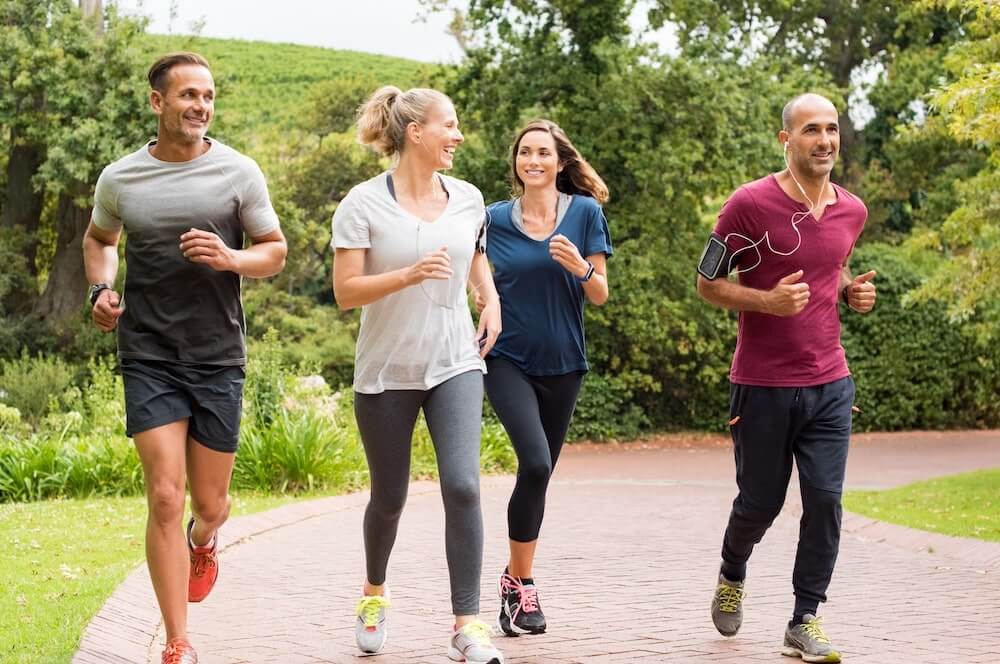
Leg Fitness
Working on leg fitness is most efficiently done at the gym. However; a home gym set up can provide an easy substitute with the purchase of ankle weights and an exercise band. There are loads of excellent exercise tutorials available on YouTube and I recommend exploring them because the visual aids are quite important. As with any exercise, form is critical to leg training. Building strong legs is essential to getting in trekking shape as your legs will be the primary motor to carry you throughout the entire trek.
Some exercises to try are lunges, squats, hip thrusts, and if you have a gym partner, deadlifting. Involving ankle weights or an exercise band in these exercises will allow you to create natural resistance against your body. It will also increase the intensity of the workout. While practicing these exercises focus on longer sets rather than shorter, higher intensity sets. You are looking to build stamina not muscle.
It is worth making a special note here to try out some hip abductor exercises. These exercises function similarly to leg exercises except they isolate your hip and glute muscles. A fantastic example of this style of exercise is the donkey kick. Hip abductors are important to practice because increasing your hip strength will help promote better balance and a steadier gait. When practicing hip abductors, the main thing to focus on is that you feel the primary strain of the exercise in your hips or butt. This should not be felt in your calves or shoulders!

Distance Training
Distance training exercise will take you outside. This style of exercise should be incorporated into your daily routine. On Ryder-Walker trips, it is common for us to hike upwards of seven miles a day, a distance which in the mountains proves to feel much farther than in the city or lowlands. Begin considering in which areas of your life you can commute on foot or bike. Using your body as your primary mode of transportation will quickly put you in the physical and mental state that you will be engaging in when you join a Ryder-Walker trek.
Remember, your body alone will carry you between villages every day! Obviously, this is not practical for everyone, so otherwise hit your favorite trails, walks, or at least the treadmill. Practice traveling distances that are greater than your usual walking limits. Try and hike at the very least once a week. Plan small hiking outings over your weekends and explore your nearest nature preserves or state parks!

Terrain Training
Terrain training could be considered part of distance training, but I think it highlights an important element of training for trekking that other guides often miss. To put it simply, you won’t be in the gym when you’re trekking. You will be hiking along dirt roads, rocky trails, across rivers, through meadows, basically all over the place! Becoming comfortable hiking in varied terrain is exceptionally important. It is an element of hiking that takes many first-time trekkers by surprise.
Hiking in the mountains is a lot harder than walking to the store based simply on the fact that your connection to the ground is more unwieldy when hiking off of a very well-maintained trail or asphalt. The only real way to improve this skill is to practice it. Return to your favorite set of trails or find a new place to hike in your area and focus on footwork. Think about where you are placing your feet and what sort of surfaces you can balance on. A fun game to play can be a “the floor is lava” style game where you move between stones on a hiking trail rather than the dirt path. See what it takes to balance on and over different types of rock and roots. These are great exercises for training for a hiking trip and you will certainly have to navigate these obstacles on your next big Ryder-Walker adventure.

Get Outside
These recommendations are only the tip of the iceberg when training for a hiking trip. The most important part of preparing yourself to trek is to get outside. Get hiking, get your cardiovascular system used to stress, and most importantly get out under the sun. Being outdoors all-day hiking can be exhausting, especially in unfamiliar terrain. The more used to being outside you are when you arrive for your trip, the more relaxing and freeing the experience will be.
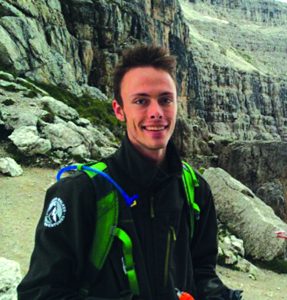

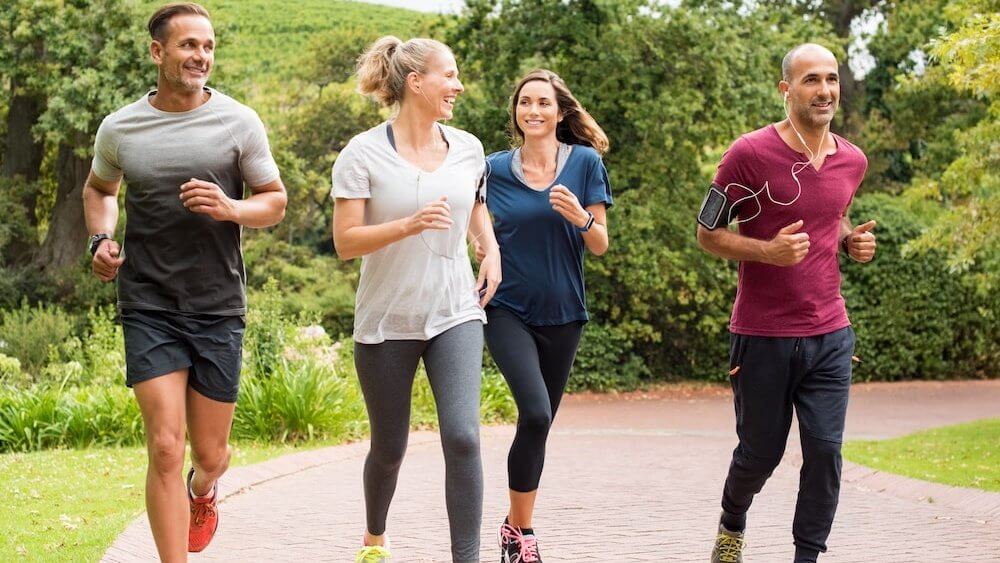

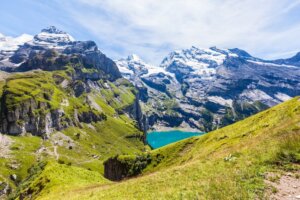
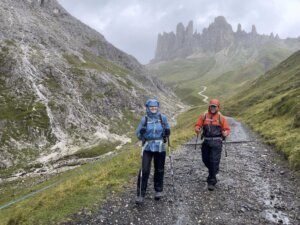



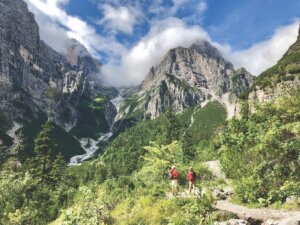
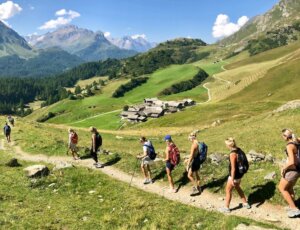
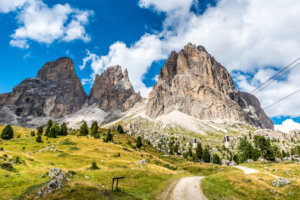


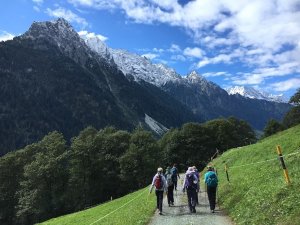
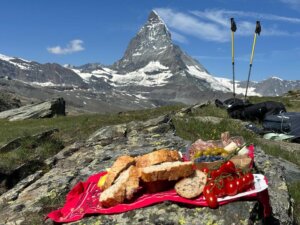







Comments are closed.